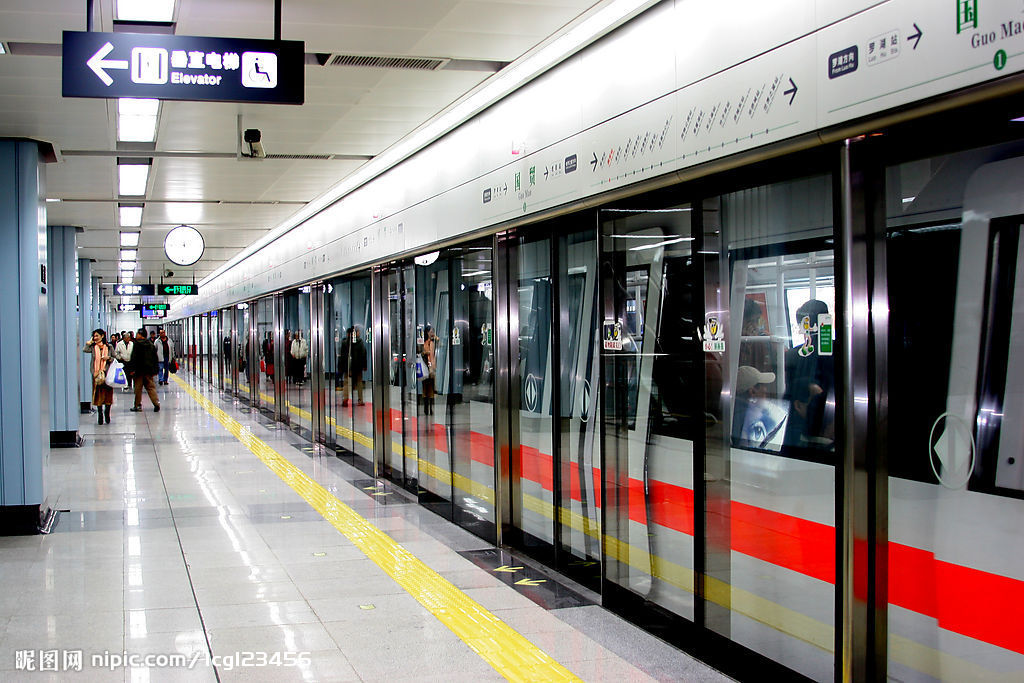Subway has become an effective form of mankind's use of underground space, which has fully eased the city's ground transportation. With its advantages of large volume, good punctuality, rapid security, high traffic efficiency and environmental protection, it has become a key point for the construction of underground space in modern cities. . However, during the operation of the subway, the power consumption of the environmental control (abbreviated as environmental control) system accounts for a considerable proportion. In particular, the power consumption of the environmental control system with air conditioning accounts for about 40% of the total power consumption of the entire subway. However, in order to provide passengers with a satisfactory and comfortable thermal environment, there must be a subway environmental control system. Therefore, how to adopt energy-saving measures in the environmental control system is of great significance. The volume of subway traffic is large, that is, the flow of passengers is large, and the amount of fresh air needed varies greatly. Therefore, the air-conditioning load of the subway varies greatly. To achieve energy-saving, it must rely on automatic control. Automatic control technology has been increasingly applied to various types of air-conditioning systems. In systems where refrigeration equipment is centralized and operating conditions vary widely, automatic control technology plays an important role in optimizing the operation of the system. As an integral part of the control system, environmental sensors play an increasingly important role in the subway.

In the subway's environmental control system, we used indoor temperature and humidity sensors, pipeline temperature and humidity sensors, and Co2 concentration sensors.
We can set up indoor temperature and humidity sensors in the stations and halls of the station and public areas such as station areas and important equipment rooms to monitor the real-time temperature and humidity of the stations. These parameters can help operators make reasonable adjustments to the working conditions of the station's various systems to keep the public areas of the station in a more comfortable environment and ensure that the equipment room is always under the proper temperature. Indoor temperature and humidity sensors are generally installed on the walls or on the top of station stations, platforms, and equipment rooms.
At the same time, we can install pipeline temperature and humidity sensors at the station's new plenum and return air chamber to monitor the outdoor fresh air and the station's temperature and humidity. The environmental control system can determine the environmental quality of the station based on the data collected by the sensors and perform automatic switching according to pre-designed conditions to achieve automatic control of the station environment by the automatic control system, so that the environment of the station is always at a relatively high level. In a comfortable environment, and ultimately achieve the purpose of energy-saving emission reduction. Pipeline temperature and humidity sensors are generally installed on the walls of new and return air rooms.
We can also install a Co2 concentration sensor in the return air chamber of the station to monitor the concentration of Co2 in the station. At the station, the concentration of Co2 increases due to human breathing. When the concentration of Co2 is at a large value, the air quality of the current station poses a threat to the health of the passengers. Therefore, the operator can collect according to the Co2 concentration sensor. The data timely adjusted the operating conditions in the public areas of the station to ensure that the station's air quality was always in good condition.
Based on the important role of the above temperature and humidity sensors and Co2 concentration sensors in the environmental control system,
We have certain requirements for the technical parameters of the sensor. Temperature and humidity sensor requirements are: can provide 4 ~ 20ma output signal, a wide range of measurement, temperature accuracy <0.3%, humidity accuracy <3%, shell protection grade required IP65. The requirement for the Co2 concentration sensor is that it can provide an output signal of 4~20mA, the measurement range needs to be 0~2000ppm, and the accuracy is less than 3%.
Vaisala At present, Vaisala China is located in Beijing, has an advanced experimental measurement center, excellent sales, perfect after-sales service and convenient and rapid delivery system. Based on stable products, technologies, and sales services, Vaisala temperature and humidity sensors HMW40Y and HMD40Y have been successfully applied to the Nanjing Metro Line 2 environmental control system. The temperature and humidity sensors HMW60Y and HMD60Y have been successfully applied to the Shenzhen Metro Line 2 environmental control system. in. The Vaisala Co2 concentration sensor GMW115 was successfully applied to the Shanghai 10th line environmental control system. It is believed that with the rapid development of rail transit, Vaisala sensors will have a vast application space with their excellent performance and quality.
Vaisala (Shanghai) Saijia Electronic Technology Co., Ltd. Address: 725, Block A, Beike Building, 1919 Zhongshan West Road, Xuhui District, Shanghai
Telephone Fax Website: